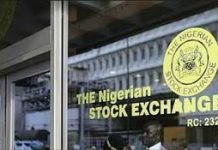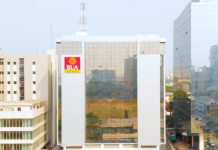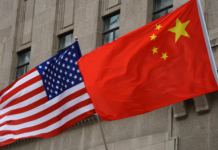The British Pound Sterling crashes on Wednesday, March 22, after hitting its highest levels in almost four weeks.
Sterling has surged 3 percent in the past week, driven by a turnaround in the dollar and BoE minutes last week that showed a number of policymakers on the verge of voting for a rise in rates.
Another jump in inflation numbers on Tuesday pushed money markets close to fully pricing in a rise in rates within the next 12 months to prevent another dive in the currency that would raise prices of imported goods further.
But many think the bank is simply using hawkish rhetoric on rates to address both sterling’s weakness and rising inflation expectations.
Analysts also point to the jousting with Brussels that is expected to accompany the start of EU exit talks next month as likely to weigh on the currency.
“In general, central bankers take currency moves as an input and a bit as a given. They will tend to look through these types of factors,” said Valentijn van Nieuwenhuijzen, chief investment strategist with Dutch financial group NNIP.
“At the same time, the BOE will have been surprised by the resilience of the UK economy (last year) so there are some arguments that say that there is the risk (of a rate rise).”
The pound fell around half a cent after reaching as high as $1.2507 in Asian trading. By 0908 GMT, it was 0.1 percent lower at $1.2464 and 0.1 percent stronger against the euro at 86.51 pence.
Several of the currency world’s top 10 banks, who were more cautious on the pound at the end of last year, have been aggressive again in the past month in predicting more declines, pointing to both the political risks of the Brexit talks and signs of weaker growth.
UK retail sales data on Thursday will be another test of whether and how quickly the economy is slowing. Dealers said sterling would struggle to pass $1.25 without another round of broader dollar weakness.













